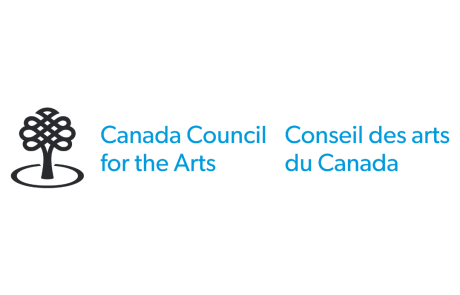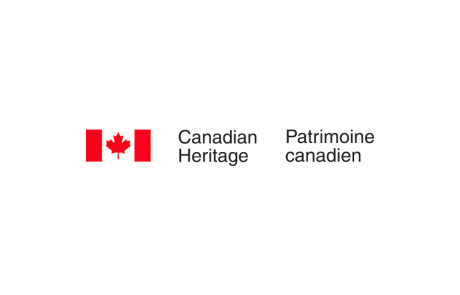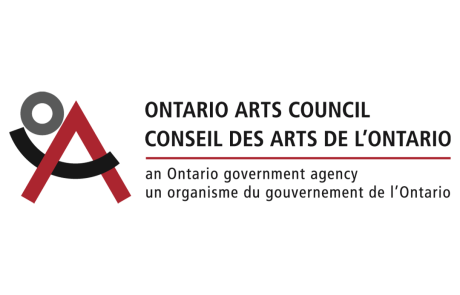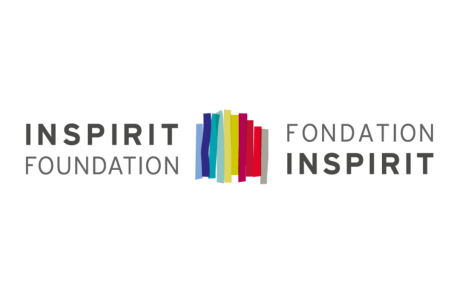Interview with Jessie Short and Vanessa Dion Fletcher
by Gloria Bell
This is an interview with Vanessa Dion Fletcher and Jessie Short, curators of the exhibition EMNOWAANGOSJIG // COMING OUT: The Shifting and Multiple Self, held at the Toronto Free Gallery.
Jessie and Vanessa talk about the development of the show, hearing the phrase coming out almost everywhere, native languages and identity, blurry boundaries, and future goals.
Interview by Gloria Bell. Thank you to the Aboriginal Curatorial Collective and the Toronto Free Gallery.
Exhibition Website: www.shiftingandmultiple.com
Notes
Show notes: Essay by Vanessa Dion-Fletcher in Seeing Ourselves: Exploring Race, Ethnicity and Culture, by Carl E. James.
Please note: The performance by Amy Malbeuf at the Toronto Free Gallery was recorded and the video will be posted on the exhibition website www.shiftingandmultiple.com at a later date.
The curatorial essay for EMNOWAANGOSJIG // COMING OUT: is available online.
Music credit: http://freemusicarchive.org/music/Jamie_Evans/Opening_Doors/Haunted_320
Listen to the Interview with Jessie Short and Vanessa Dion Fletcher here:
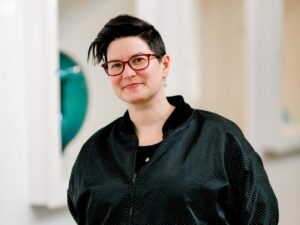 Vanessa Dion Fletcher is a Lenape and Potawatomi neurodiverse Artist; her family is from Eelūnaapèewii Lahkèewiitt (displaced from Lenapehoking) and European settlers. She uses porcupine quills, Wampum belts, and menstrual blood to reveal the complexities of what defines a body physically and culturally. Reflecting on an Indigenous and gendered body with a neurodiverse mind, Dion Fletcher primarily works in performance, textiles and video. She graduated from York University in 2009 with a Bachelor of Fine Arts.
Vanessa Dion Fletcher is a Lenape and Potawatomi neurodiverse Artist; her family is from Eelūnaapèewii Lahkèewiitt (displaced from Lenapehoking) and European settlers. She uses porcupine quills, Wampum belts, and menstrual blood to reveal the complexities of what defines a body physically and culturally. Reflecting on an Indigenous and gendered body with a neurodiverse mind, Dion Fletcher primarily works in performance, textiles and video. She graduated from York University in 2009 with a Bachelor of Fine Arts.
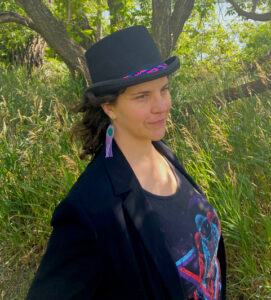 Jessie Ray Short is an artist, filmmaker and independent curator of Métis, Ukrainian and German descent. Jessie Ray’s practice involves uncovering connections between a myriad of topics that interest her, including, but not limited to, space and time, Indigenous and settler histories, Métis visual culture, personal narratives, spiritual and scientific belief systems, parallel universes, electricity, aliens and non-human being(s). Jessie Ray explores these topics using mediums such as film and video, performance art, finger weaving, sewing, writing and curating. She has been invited to show her work nationally and internationally, including at the Agnes Etherington Art Centre in Kingston, at La Chambre Blanche in Québec City, Art Mûr Berlin (a satellite exhibition of the Contemporary Native Art Biennial/BACA) in Germany, and at the Wairoa Maori Film Festival in New Zealand. Jessie Ray is deeply grateful to be based in oskana kâ-asastêki or Pile of Bones (also known as Regina) in Treaty 4 territory.
Jessie Ray Short is an artist, filmmaker and independent curator of Métis, Ukrainian and German descent. Jessie Ray’s practice involves uncovering connections between a myriad of topics that interest her, including, but not limited to, space and time, Indigenous and settler histories, Métis visual culture, personal narratives, spiritual and scientific belief systems, parallel universes, electricity, aliens and non-human being(s). Jessie Ray explores these topics using mediums such as film and video, performance art, finger weaving, sewing, writing and curating. She has been invited to show her work nationally and internationally, including at the Agnes Etherington Art Centre in Kingston, at La Chambre Blanche in Québec City, Art Mûr Berlin (a satellite exhibition of the Contemporary Native Art Biennial/BACA) in Germany, and at the Wairoa Maori Film Festival in New Zealand. Jessie Ray is deeply grateful to be based in oskana kâ-asastêki or Pile of Bones (also known as Regina) in Treaty 4 territory.
 Gloria Bell’s research and teaching examines visual culture focusing on Indigenous arts of the Americas, primarily from the nineteenth century through to contemporary manifestations. Currently, her research focuses on exhibition histories of First Nations, Métis and Inuit arts in the early twentieth century in Italy, Global Indigenous studies, decolonizing and anti-colonial methodologies, materiality studies, global histories of body art, and the importance of art as living history.
Gloria Bell’s research and teaching examines visual culture focusing on Indigenous arts of the Americas, primarily from the nineteenth century through to contemporary manifestations. Currently, her research focuses on exhibition histories of First Nations, Métis and Inuit arts in the early twentieth century in Italy, Global Indigenous studies, decolonizing and anti-colonial methodologies, materiality studies, global histories of body art, and the importance of art as living history.

